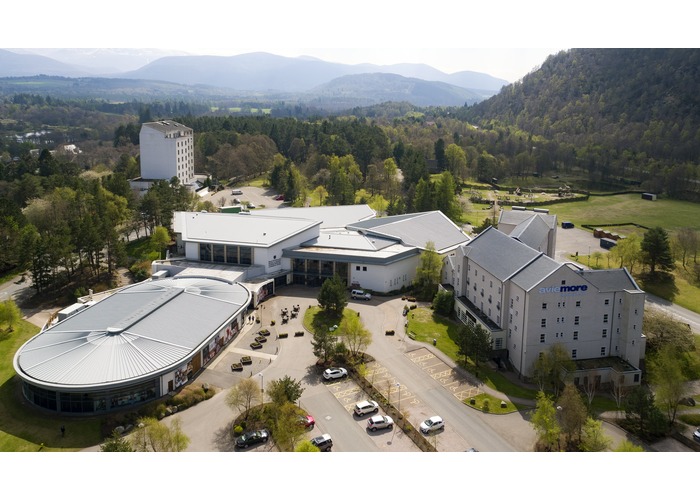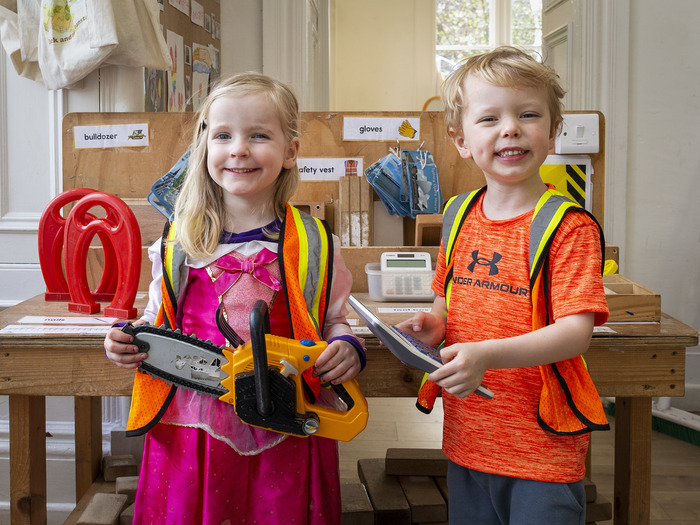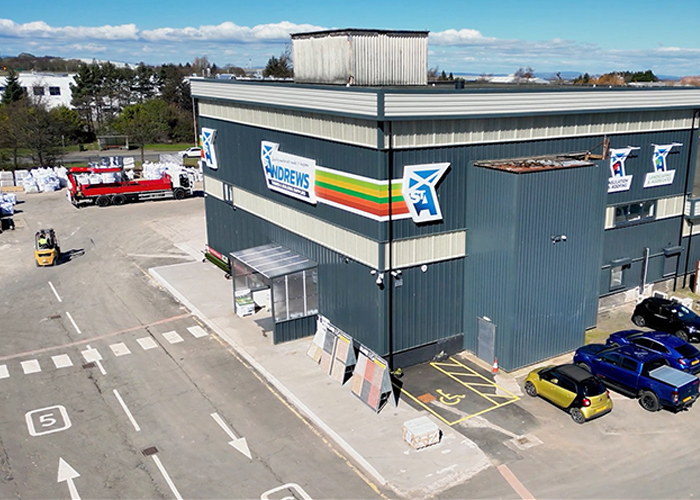By Linda King, CMO, Brightsolid
AS 2020 draws to a close, we’re all relieved to hear news of Covid-19 vaccines being developed and becoming available. But it doesn’t mark the end of the pandemic’s evolution as we continue to hold our breaths in anticipation; waiting to see whether social distancing guidelines will in turn be relaxed. But while we all look forward to having a social life again, it is unlikely that the workplace will entirely go back to its pre-Covid existence. This has implications for not only the technology we use, but for company culture as well.
Technology has no doubt been a saviour for businesses this year, many of whom managed to stay operational despite having to close their offices. For companies that normally rely on office workers, this was down to rapid adoption of cloud services and digital transformation to allow for remote working and automated business processes.
However, the rise of remote working has led to conversations around security implications for the company as personal devices and networks have been increasingly used to continue working. One survey shows 76% of companies adopted cloud services faster than they had planned – a reactive approach which, while ensuring the immediate survival of the company, led to unintentional weaknesses in cybersecurity. It is important to fix these weaknesses and consider the long-term use of cloud technology as the way we work isn’t likely to drastically change any time soon, even when office buildings begin to reopen.
For most of us, our home has become our office. We’ve exchanged commutes for coffee in our kitchen, lunchtime walks for laundry. Lines have been blurred and some changes will be irreversible: 83% of C-level executives in the survey linked above expect the modifications they made as a response to the pandemic to become permanent.
When it’s safe to do so, there will be myriad of reactions to returning to the office. Some will crave the human interaction of being office-based. Others will prefer to remain at home for as long as possible. And some will want a combination of the two, splitting their time between the office and remote work. While allowing employees to decide where and when they’ll work can be intimidating for some employers, it can have a positive impact on output. Some job functions are done well at home, such as research or report writing. Others, such as brainstorming, are better suited for a face-to-face office environment – though we’ve all made do this year.
This combination is called a hybrid approach, a unique blend of office and remote work. Before the pandemic, we knew how to ensure a secure office environment; the pandemic accelerated our adoption of a secure home workspace. A hybrid model requires a bit more support, especially if employees can pick and choose where and when to work.
With a hybrid workforce comes a wider spread of data than ever before. On an individual level, it should go without saying all work devices must be password protected – moving equipment between locations brings increased risk of losing a device or having it stolen. There are other security considerations, such as keeping devices locked to limit the risk of a family member accidentally using them, providing all devices up-to-date antiviral protection, and ensuring employees have cyber security training to mitigate the risk of them falling for phishing or other scams.
From a business perspective, a work environment where employees can securely connect from any location requires security and agility to support the flexible workforce: this is where cloud technology shines. Cloud services are customisable, ensuring businesses can quickly adapt to any changes – such as moving an entire workforce home, back to the office, and anywhere in between.
It’s important to note, though, that using cloud services and embracing a hybrid workforce isn’t just about the technology. It also requires a rethink of company culture.
Visual cues of when it’s okay to approach someone in the office – or, more likely these days, start a video chat – are gone and there’s always a risk of distracting a co-worker. Office chats about weekend activities might fall to the wayside, taking with them the opportunity to destress and relax while connecting with your colleagues. These considerations are just as important as technology when trying to ensure productivity and business continuity.
Collaborative workplace applications can provide a virtual workspace that offers instant messaging and video conferencing that can be turned on and off, to allow employees flexibility in when they connect based on where they are and what they’re doing.
With a Covid-19 vaccine on the horizon, now is a good time to pause and reflect on your approach to the office – to understand how people might prefer to work in the future, and its impact on your operations.
There’s no denying the Covid-19 pandemic has irrevocably changed our lives; from a business perspective it’s been somewhat of a wakeup call, reminding us of the need for scalable and secure technology to ensure business continuity. While the vaccine hopefully means the pandemic’s effect on our social lives won’t last much longer, it’s impact on our work won’t disappear any time soon.








